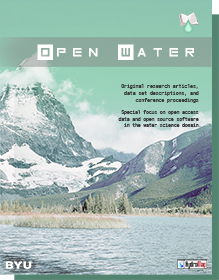Article Title
Quantification of the uncertainty due to the regulation of hydraulic structures in flood forecasting
Keywords
river flood modeling, flood forecasting, uncertainty analysis, HD model
Abstract
Flood forecasting systems predict discharges and water levels at various locations along the river. These predictions are based on rainfall observations and forecasts, and hydrological and hydraulic simulation models. These models contain several types of uncertainties. Therefore before using these models as a decision-making tool, they have to be evaluated in order to assess uncertainties and enhance the simulation accuracy and to reduce the possibility of improper decision making resulting in undesirable consequences. One of the most important model uncertainty sources is the regulation of the hydraulic structures in the hydrodynamic model. These regulations are calculated, making use of fixed rules. However in reality these rules are not always followed by the water management personnel, which leads to large differences between the model forecasts and the observations. This study concentrates on the Demer river basin, one of the most flooded rivers located in the Flanders region of Belgium.
The influence of the uncertainty of these regulations on the total forecast uncertainty is assessed, and attempts are made to improve the system performance by reducing the uncertainty. The potential improvement of the forecasting system is investigated by changing the hydraulic structures strategy and configuration using real data instead of default fixed rules parameters. In addition, the fixed model regulations are checked for improvement by analyzing observation data of the considered structures. Eventually, it is identified which improvement actions would result in significantly better results.
BYU ScholarsArchive Citation
Zarrineh, N.; Van Steenbergen, N.; and Willems, P.
(2013)
"Quantification of the uncertainty due to the regulation of hydraulic structures in flood forecasting,"
Open Water Journal: Vol. 2:
Iss.
1, Article 22.
Available at:
https://scholarsarchive.byu.edu/openwater/vol2/iss1/22
